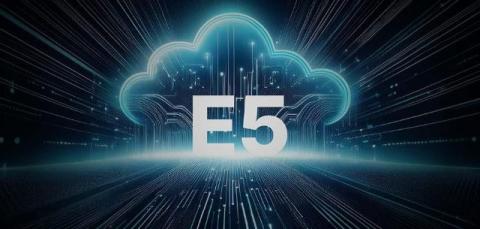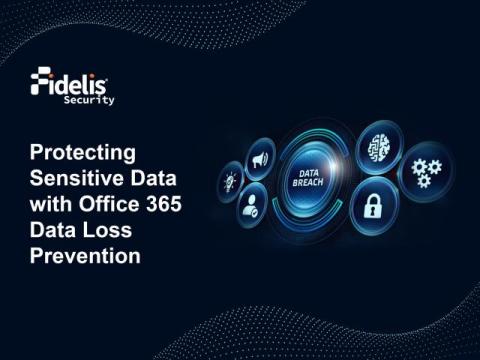Identity, Endpoints, and the Cloud Drive the Microsoft Security Product E5 Decision
For companies with the Microsoft 365 E3 license, the decision on whether to upgrade to 365 E5 is likely taken into consideration, and security should certainly be included. With E5, companies will likely find security upgrades in three key areas: identity management, endpoints, and cloud. So says David Broggy, Trustwave's Senior Solutions Architect, Implementation Services, and a 2024 recipient of the Microsoft MVP Award, in a recent webinar on transitioning from Microsoft E3 to E5.











